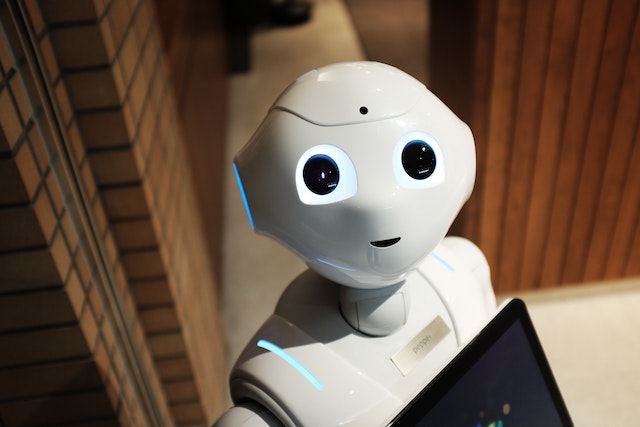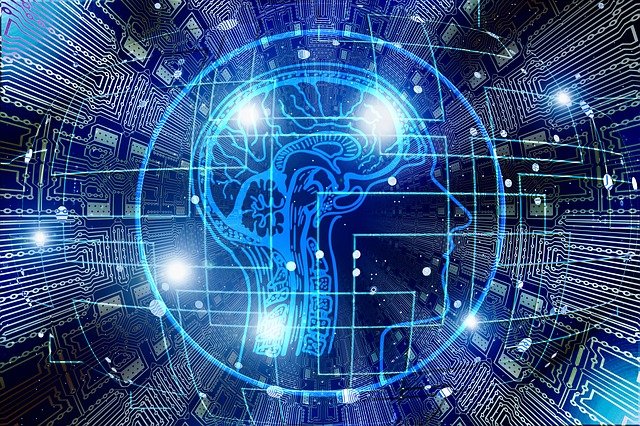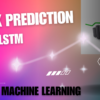Deep Learning and Machine Learning are two popular subsets of Artificial Intelligence that have revolutionized the way we solve complex problems. While they share common ground, they differ in their approach, capabilities, and applications. In this article, we’ll delve into the nuances of Deep Learning and Machine Learning, providing examples to help you grasp the concepts easily.
Understanding Machine Learning:
Machine Learning is a branch of AI that focuses on training algorithms to make predictions or take actions based on patterns and statistical analysis of data. It relies on labeled datasets to learn and generalize from past examples. For instance, consider a spam email filter that learns to classify emails as “spam” or “not spam” based on a dataset containing labeled examples of both types.

Demystifying Deep Learning:
Deep Learning, on the other hand, is a subset of Machine Learning that emulates the human brain’s neural networks. It involves training deep neural networks with multiple layers to automatically learn hierarchical representations of data. A classic example is image recognition, where deep neural networks can identify objects in images with remarkable accuracy.

Key Differences:
a) Complexity: Machine Learning models are relatively simpler and require feature engineering, whereas Deep Learning models can automatically extract relevant features from raw data.
b) Data Requirements: Machine Learning can work with smaller datasets, while Deep Learning usually demands a large amount of labeled data for effective training.
c) Performance: Deep Learning models often outperform Machine Learning models in complex tasks such as image and speech recognition due to their ability to learn intricate patterns.
Use Cases:
a) Machine Learning Use Case: Recommender systems that suggest personalized content based on user preferences are built using Machine Learning algorithms. For example, Netflix’s recommendation engine suggests movies based on user viewing history and ratings.
b) Deep Learning Use Case: Autonomous vehicles rely on Deep Learning algorithms to analyze real-time data from sensors, cameras, and lidar systems, enabling them to perceive and react to their surroundings accurately.
Conclusion:
Both Deep Learning and Machine Learning have their strengths and applications. Machine Learning is ideal for scenarios with limited labeled data and interpretability requirements, while Deep Learning shines when handling vast amounts of unstructured data or tackling complex tasks. Understanding the differences between the two will empower you to choose the right approach for your AI projects, ensuring optimal results.
Remember, Machine Learning is the foundation, and Deep Learning is an advanced technique that extends its capabilities to new frontiers of AI applications. By leveraging the strengths of each, we can unlock exciting possibilities and drive innovation in the world of Artificial Intelligence.








